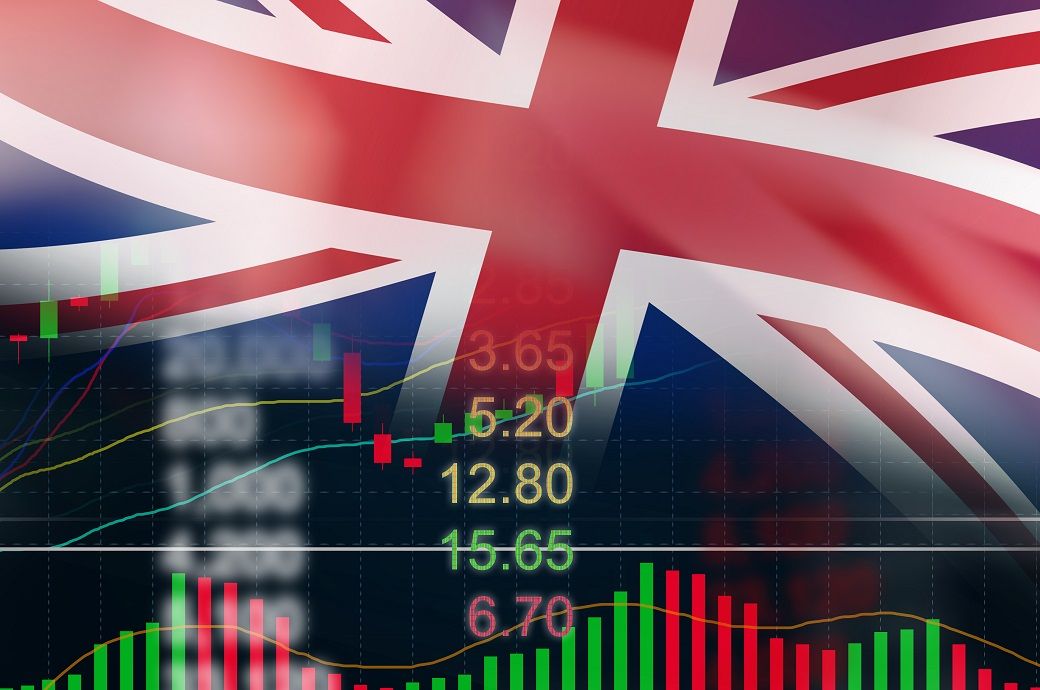
This year is also expected to be the first calendar-year economic decline for the UK since 2009, as per EY’s report.
The impact of tighter fiscal policy and a deeper downturn, particularly on business investment, means the growth forecast for 2024 has also been downgraded from 2.4 per cent to 1.9 per cent. Growth of 2.2 per cent is expected in 2025, down from the previously forecast 2.3 per cent. The UK economy is expected to have grown 4.1 per cent in 2022.
Key factors behind the downgrade for the 2023 forecast include the reduction in the generosity of the Energy Price Guarantee, additional taxes on high-earners, and unearned income coming into effect from the spring, and signs that the housing market is slowing faster than many had anticipated.
GDP growth in November 2022 means it’s now more touch-and-go whether a recession began last year. However, the challenging outlook suggests that GDP is likely to shrink over the first half of 2023. That said, the UK economy is still expected to return to growth in summer 2023 and into 2024 as inflation falls back and consumers use strong balance sheets to save less and spend more. The EY ITEM Club adds that this downturn should prove less damaging for the economy—and shorter—than downturns in the 1980s, 1990s, and 2000s. This is due to the unusual and externally driven nature of the recession, combined with the prospect of inflation falling back quickly this year. Nevertheless, the economy is not expected to regain its pre-pandemic size until the middle of 2024.
The EY ITEM Club expects inflation to average 7.2 per cent this year. The £500 increase in the energy price guarantee and a likely increase in the weight attached to energy in the consumer spending basket the ONS uses to measure consumer prices are expected to add around 0.7 ppts to inflation in April.
However, while inflation in 2023 will be high by historical standards, it is likely that UK has already passed the peak with inflation reaching 11.1 per cent last October. Inflation is forecast to fall to just under 4 per cent by the end of this year, partly reflecting recent falls in commodity and shipping prices.
On a calendar year basis, average earnings are forecast to trail average inflation until next year, when earnings are predicted to grow 2.6 per cent and inflation is expected to average 2.3 per cent. Average earnings are expected to grow at half the average inflation rate this year, at just 3.6 per cent.
Positively, the EY ITEM Club expects the recession to have a relatively limited impact on unemployment when compared to previous downturns. A tight jobs market and evidence of worker shortages in some sectors suggests some employers may opt to hold onto workers and reduce vacancies instead. Unemployment is forecast to peak just below 5 per cent this year.
Consumer spending is likely to fall 1.4 per cent this year, with growth of 2.3 per cent expected in 2024. This is a revision from the EY ITEM Club’s Autumn Forecast, which predicted a 0.7 per cent contraction for 2023 and growth of 2.9 per cent in 2024.
After business investment grew a projected 5.2 per cent in 2022—leaving it 7 per cent below pre-pandemic levels—the EY ITEM Club now expects a fall of 0.8 per cent this year. Weaker business investment is one of the factors likely to slow the recovery from recession. Business investment growth of 3.7 per cent is forecast for 2024.
Fibre2Fashion News Desk (DP)